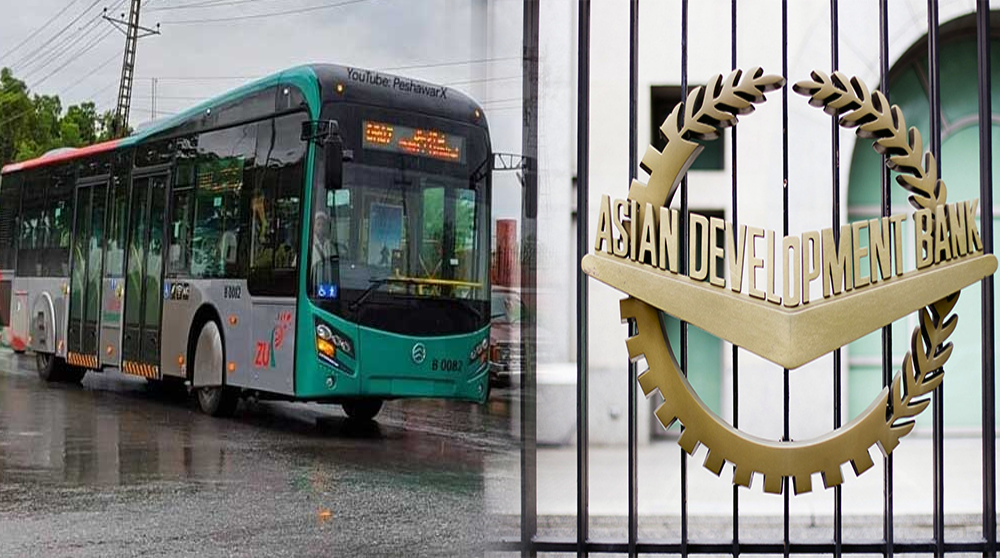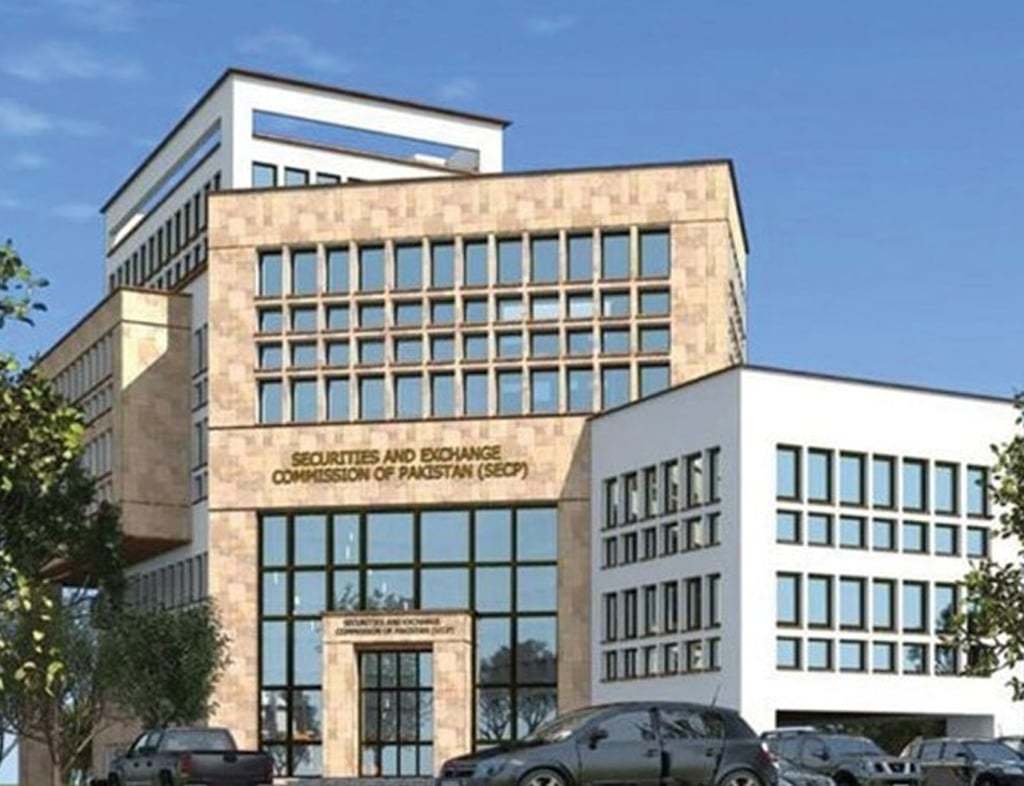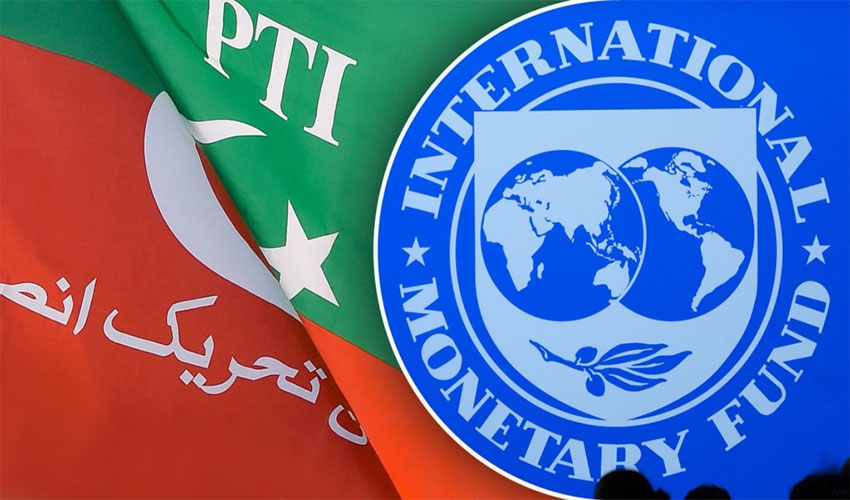Pakistan’s Bus Rapid Transit (BRT) systems, which have been implemented in major cities like Lahore, Multan, and Rawalpindi-Islamabad, are noted for their high levels of user satisfaction according to a recent report by the Asian Development Bank (ADB). The report also underscores significant areas for improvement, particularly concerning access to the BRT systems and effective speed management.
Since the launch of its first BRT system in Lahore in 2013, Pakistan has seen a progressive rollout of these transit solutions in various urban centers. The ADB’s report, titled “CAREC Road Safety Engineering Manual: Why and How to Manage Speed,” evaluates these systems and compares them to those in other countries, particularly the People’s Republic of China (PRC).
The research indicates that while Pakistan’s BRT systems are generally well-received by users, there are notable shortcomings. In Pakistan, BRT systems are praised for their operational efficacy and user satisfaction. Yet, challenges remain, particularly in the accessibility of these systems and the effective integration of BRT with other transport modes.
The report highlights that Pakistan’s BRT systems often lack efficient transport connections to reach the BRT stations, a problem not as prevalent in the PRC’s systems. The PRC’s BRT networks are noted for their high-quality services that enhance usage rates and user experience. In contrast, Pakistan’s systems demonstrate satisfaction with the service itself but reveal issues related to reaching these transit hubs.
Population density, development volume, and land use around BRT stations in Pakistan have shown positive growth since the BRT systems were introduced. However, improvements can be made by addressing issues related to transit access, pedestrian infrastructure, and security, particularly for women.
The report suggests several ways to enhance the efficiency of Pakistan’s BRT systems:
Improvements in lane design could facilitate faster movement of BRT vehicles compared to regular traffic. More dedicated lanes and effective lane management could help reduce delays and increase overall efficiency. Implementing BRT systems in areas with high demand can help balance operating costs and fare revenues. Proper station spacing is crucial for maintaining BRT speed and reliability while ensuring that walking distances remain reasonable for users. Enhancements in safety measures, particularly for women, and improved pedestrian infrastructure can make BRT systems more appealing and accessible.
A significant portion of the ADB’s report focuses on speed management as a critical factor in road safety. The study points out that speed is a major determinant in crash severity on motorways in Pakistan. Effective speed management is identified as one of the most powerful and cost-effective ways to reduce road crashes and improve overall safety.
The manual emphasizes the benefits of safe speed management, arguing that while reducing speeds from extremely high levels is beneficial, working toward “safe system” speeds is more effective. The manual presents a comprehensive summary of evidence to guide improved speed management practices across Central Asia Regional Economic Cooperation (CAREC) countries.
The report advocates for evidence-based interventions to manage speed effectively. These interventions are not only cost-effective but also offer significant returns on investment. For example, some speed management strategies can yield up to $17 in savings for every $1 invested.
Reducing travel speeds by just 10 km/h across all roads in the CAREC region could cut crash deaths by more than half and bring additional economic benefits. The report makes a compelling case for broad adoption of speed-reducing measures to enhance road safety and generate social and economic gains.




